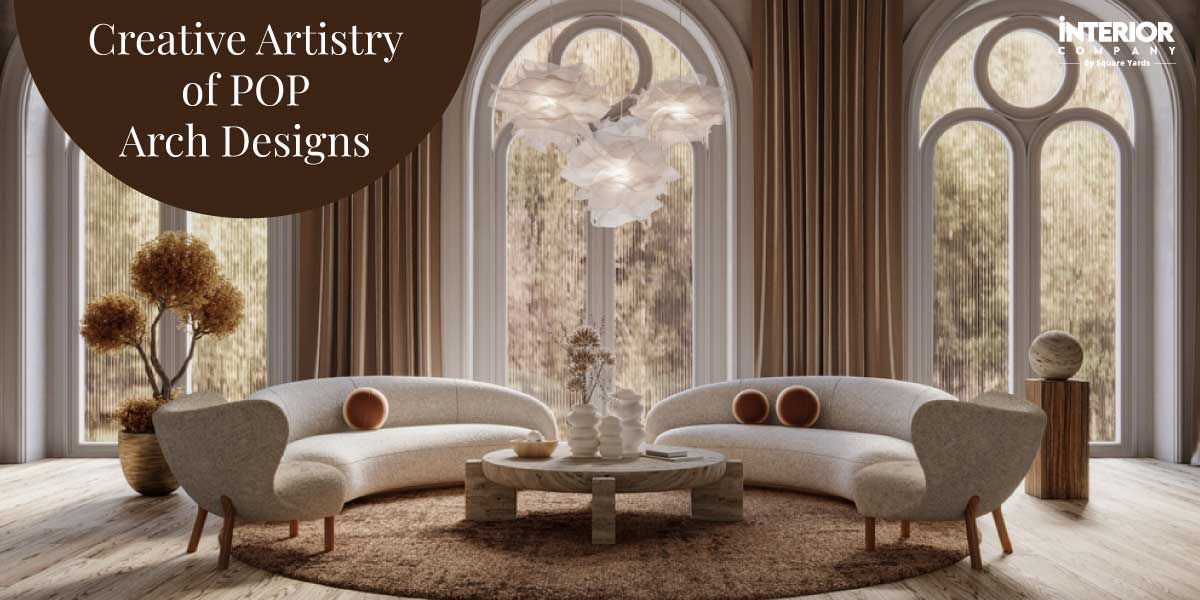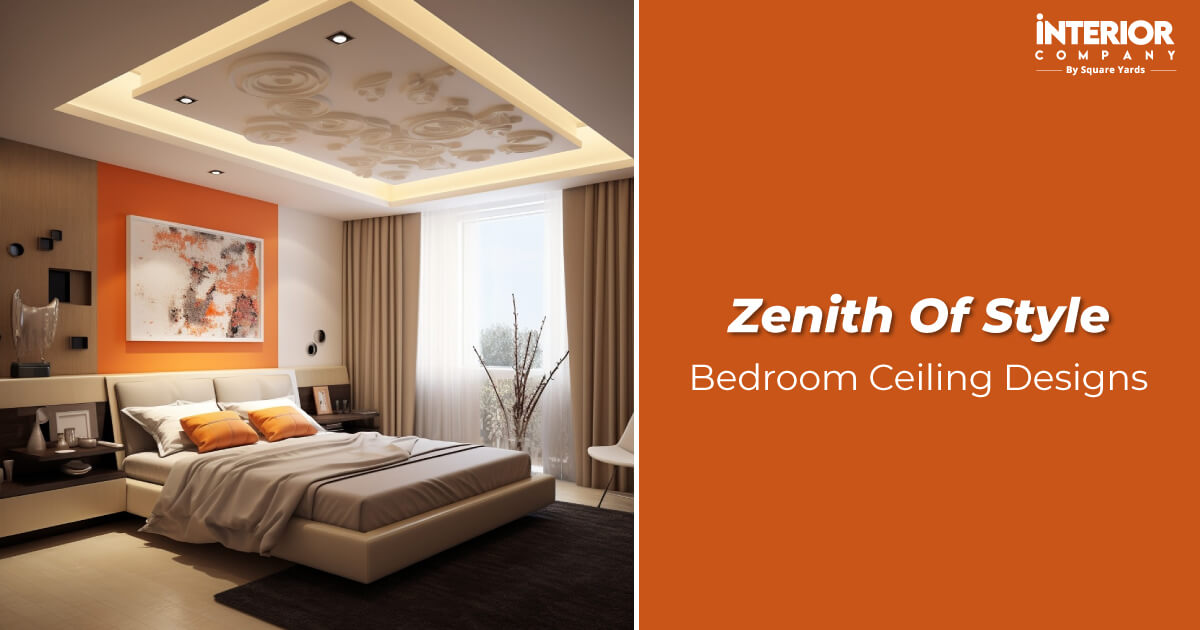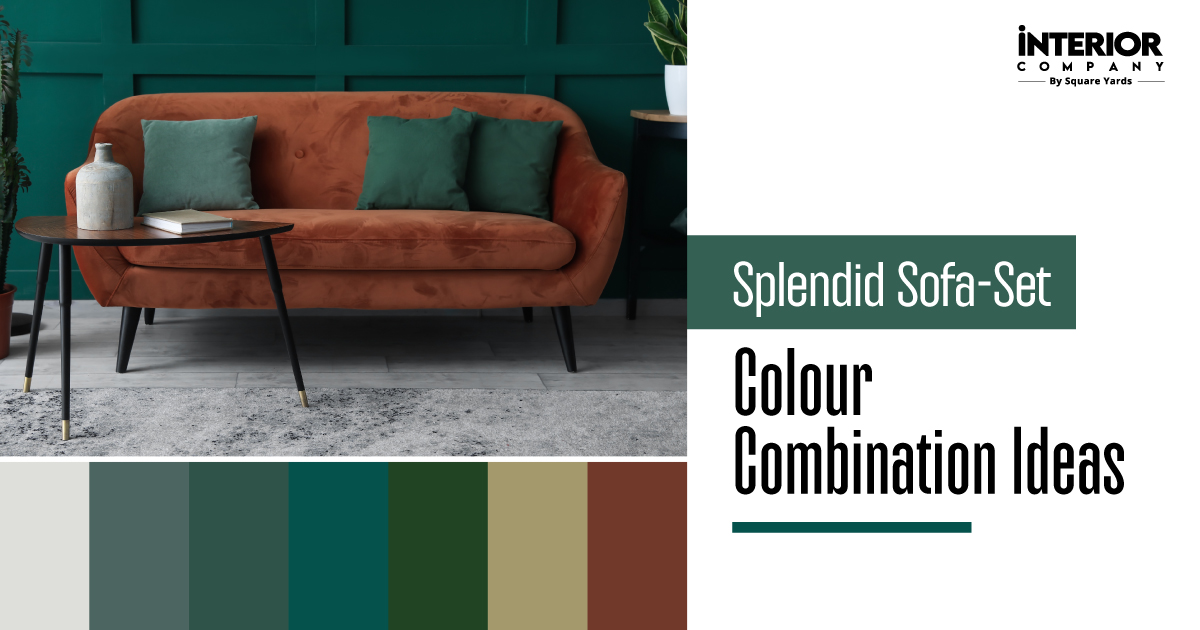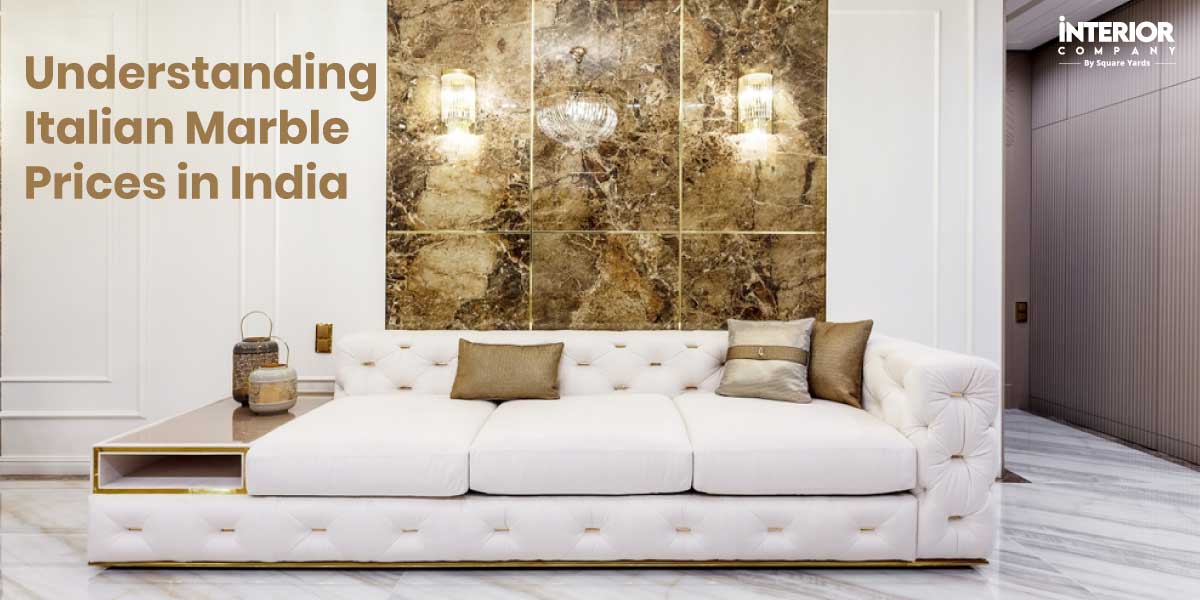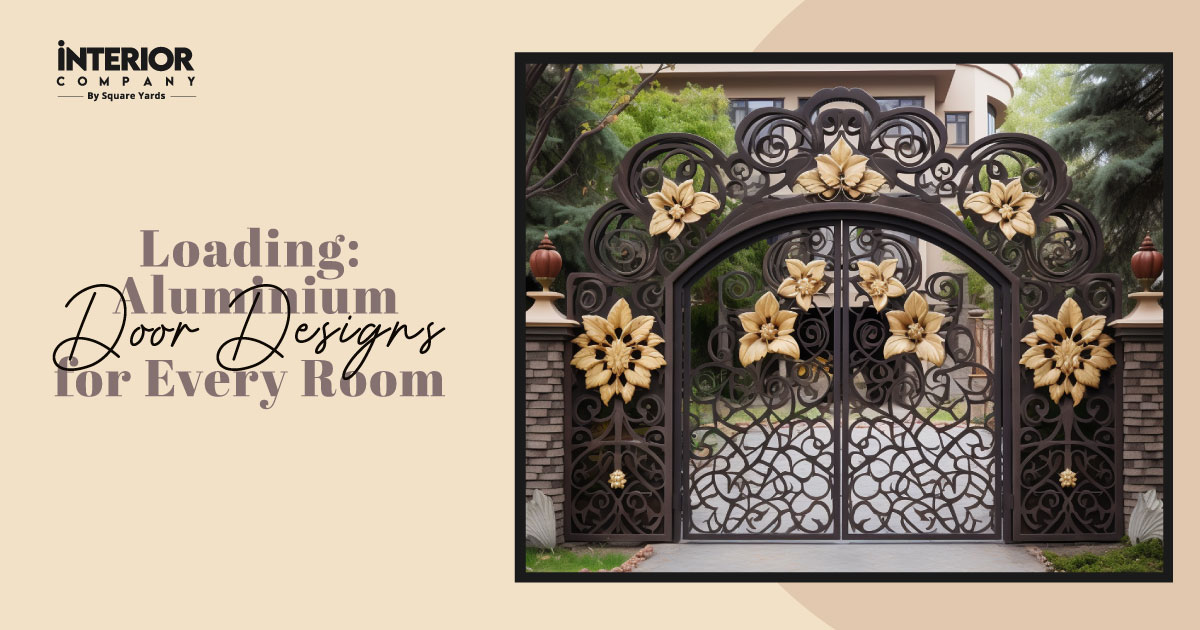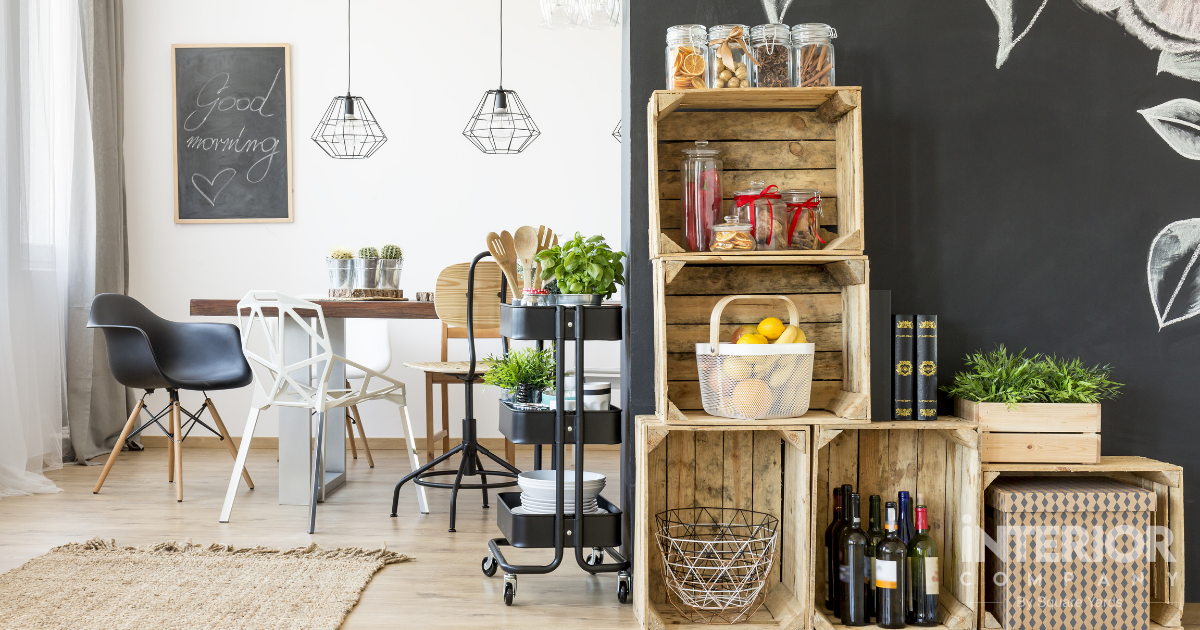- Home
- Trends
- Construction
- Materials
- Veneer Vs Laminate Know Difference
Veneer vs Laminate: The Better Finish Comparison
When you are decorating a home, I like to believe that magic lies in the details. A strategically placed throw pillow, a carefully chosen rug, or even the perfect cabinet finish – all these elements weave together to create a space that reflects your unique style and personality.
Table of Content
Let us know a little more about surface finishes, outline a veneer and laminate comparison and help you decide which one elevates your space the best.
Wood You Believe The Veneer Finish?
Veneer represents bringing real wood right into your home. Each piece has unique grain patterns that create a warm, inviting atmosphere. Plus, you can stain it with different colours, from classic wood tones to something more modern. Want your furniture to shine? A veneer can be finished glossy or matte for that perfect touch. Unlike laminate’s printed designs, veneer offers real wood’s genuine beauty and variation.
Keeping it Real: Design Elements and Upkeep
Crafted from thin slices of real wood bonded to a stable base, it boasts genuine wood grain’s natural warmth and beauty. A rich mahogany kitchen cabinet or a statement bookcase in walnut veneer adds a touch of luxury and sophistication to any room. With a thin layer of real wood applied to a stable base like MDF, the veneer finish offers a genuine wood experience at a more accessible price than solid wood furniture.
Here are some design highlights:
- Customisable Appeal: As mentioned, you can personalise the Veneer by staining it in various colours. From classic wood tones to modern hues, create a custom look that reflects your style.
- Design Versatility: Don’t just stop there. Veneer offers the flexibility to choose from different finishes like gloss or matte, adding another layer of personalisation and tailoring the sheen to your taste.
- Restorable Charm: Unlike laminate, veneer can be sanded and re-polished, just like solid wood. This allows you to restore its original lustre and extend its lifespan significantly.
- Eco-Friendly Choice: Veneer is a sustainable option made from thin layers of real wood. This contrasts with laminates containing plastics and resins that eventually end up in landfills.
- Investment in Beauty: As an eco-friendly option, Veneer finish is slightly more expensive than laminate. It offers a higher-end look and feel. Its natural beauty, design flexibility, and potential for restoration make it a worthwhile investment for homeowners who appreciate the warmth and character of real wood.
Some things to avoid: Veneer offers decent durability but requires more TLC than laminate. What's TLC, you ask? Tender loving care.
Veneer does not do well with water or heat, so avoid using it in bathrooms or kitchens where things can get steamy. It’s not waterproof and susceptible to heat damage, so avoid using it in high-moisture areas like bathrooms or kitchens. Here, water can seep beneath and loosen the veneer. However, a melamine coating can be applied to add water resistance.
A common difference between wood veneer and laminate is that veneer is more susceptible to damage than laminate. Scratches, heat marks, and moisture exposure can leave their mark. To maintain its lustre, regular dusting and careful cleaning are essential. Additionally, direct sunlight can cause fading over time.
The Laminate Lowdown!
Laminate, on the other hand, is the champion of practicality, making it a perfect choice for busy households. This man-made marvel takes a photographic image of wood (or any design you can imagine!) and bonds it to a sturdy core. This translates to a surface that can take on whatever life throws at it.
The Laminate Advantage: Design and Upkeep
Laminates come in two main varieties: High-Pressure Laminate (HPL) and Low-Pressure Laminate (LPL). HPL is the sturdier option and is perfect for high-traffic areas. Some design elements for laminate are:
- Built to last: Laminate is a true durability champ. It shrugs off scratches, resists heat, and handles moisture with ease. Perfect for high-traffic areas like entryways, kids’ rooms, or even kitchens, laminate can withstand the daily wear and tear of an active life.
- Effortless Upkeep: With laminate, you can forget about spending hours cleaning your furniture. Laminate is incredibly low-maintenance. A quick wipe with a damp cloth is all it takes to keep it looking its best. No special cleaning products or constant dusting is required.
- A World of Design: Who says practicality can’t be stylish? Laminate also offers a vast design palette unlike any other material. From classic wood grain finishes that mimic the look of real wood to bold colours and even intricate patterns, laminate allows you to create a unique and personalised space that reflects your style.
- Budget-Conscious Choice: A major difference between laminate and veneer is that laminate is a wallet-friendly option that lets you achieve the desired look without breaking the bank. This makes it a great choice for those who want a stylish and functional home without a hefty price tag.
Some things to avoid: When it comes to practicality, laminate takes the win. It comes in a wide variety of styles, from classic wood looks to bold colours and even patterns. Plus, it’s tough enough to handle busy areas like kitchens and bathrooms. The downside is that it can chip or crack, and repairs aren’t an option. But the good news is laminate is super easy to clean with just a damp cloth, saving you time and effort. With so many designs to choose from at an affordable price, laminate flooring lets you create a stylish and personalised space that’s easy to maintain.
However, there are a few things to keep in mind when using laminate. While it offers a realistic wood look, it doesn’t quite capture the natural warmth and variations of real wood. Additionally, laminate isn’t as easily repaired as some materials. Scratches and chips can be quite noticeable and challenging to fix. So, while it might not be the best choice for a family heirloom piece, laminate is a fantastic option for everyday furniture that must be stylish and durable.
Priorities and Unique Needs
A veneer and laminate comparison really boils down to what you want to prioritise or need across your home. There are no wrong answers here. With its natural wood finish and unique grain patterns, Veneer is perfect for statement pieces like dining tables, adding elegance and warmth to your home. On the other hand, laminate is highly durable, cost-effective, and easy to maintain, making it an excellent choice for kitchen cabinets requiring frequent cleaning. Both materials offer distinct advantages, ensuring there is no wrong answer. Carefully consider each finish’s application and characteristics to make the best choice for your home.
Whether you’re seeking a warm, rustic feel or a sleek, modern look, Interior Company can elevate your home’s furniture with the perfect finish. From rich wood stains to luxurious upholstery, our experts will help you find the ideal touch to complement your style.
*Images used are for representational purposes only. Unless explicitly mentioned, Interior Company does not hold any copyright to the images.*
Ready for a home transformation?
Let our designers assist you!
Recent Posts
Veneer is made from thin slices of natural wood, giving it a unique, authentic look, while laminate is a synthetic material known for its durability and ease of maintenance.
Laminate is generally more durable and resistant to scratches, heat, and moisture, making it ideal for high-traffic areas. Veneer, while elegant, requires more care and can be prone to damage.
Yes, veneer tends to be more expensive due to its natural wood composition and aesthetic appeal. Laminate is typically more budget-friendly and widely available.
The veneer can be repaired with careful sanding and refinishing, but severe damage might require replacement. Laminate repairs are more challenging, and damaged sections often need to be replaced entirely.
Veneer is more eco-friendly since it uses natural wood and can be sustainably sourced. Synthetic laminate has a higher environmental impact, though some manufacturers offer eco-friendly options.
Related Category
- Exterior Design
- False Ceilings
- Furniture
- Tips and Advice
- Walls and Texture









